Image Credit: Vintage Tone/Shutterstock
The Fed has all but promised to increase rates at the March meeting, and if it does, there will likely be adverse repercussions. The Yellen Fed is on the precipice of making the same mistake the Greenspan Fed did when it tried to control capital market prices by increasing rates. Greenspan had the dot-com bubble of the ’90s that he wanted to address. Remember when eyeballs on websites were more important than corporate earnings, and companies changed their name to whatever.com just so they could raise capital? Today, we have the Trump stock rally.
It doesn’t seem to matter what line of business your company is in — if you have investors, your investors are betting on growth. Love him or hate him, investors view the expected Trump policies to be good for business and good for growth. The stock market is all the evidence you need. Post-election the DOW experienced two records: hitting 20,000 for the first time, then shortly thereafter 21,000.
During the dot-com bubble, investors assumed eyeballs would turn into earnings; they didn’t. The Trump rally assumes reduced regulation, lower taxes, and less red-tape will result in growth. It could, but then again it might not. The truth is we have no idea what the impact will be. Because we don’t have enough information about the new administration’s economic and other policies to gauge how the economy will be impacted, it’s dangerous to assume the impact. To make such an assumption is really a “hope” trade; not unlike the eyeball assumption of the late ’90s. Today’s investors believe the business environment will improve to such an extent that increased growth is inevitable.
The problem is that the Fed seems to have become completely distracted with the huge run-up in capital market values (just as in the ’90s). However, today’s economy has been on a slow burn recovery for the last six+ years. Unemployment and non-farm payrolls have been improving, and GDP, while anemic, has been positive. Nothing points to…

